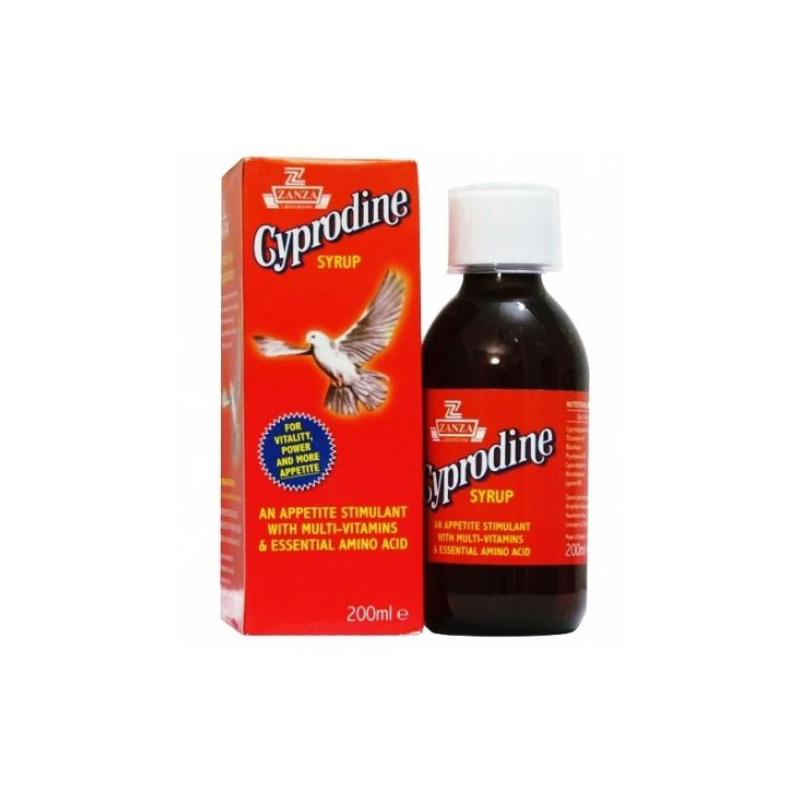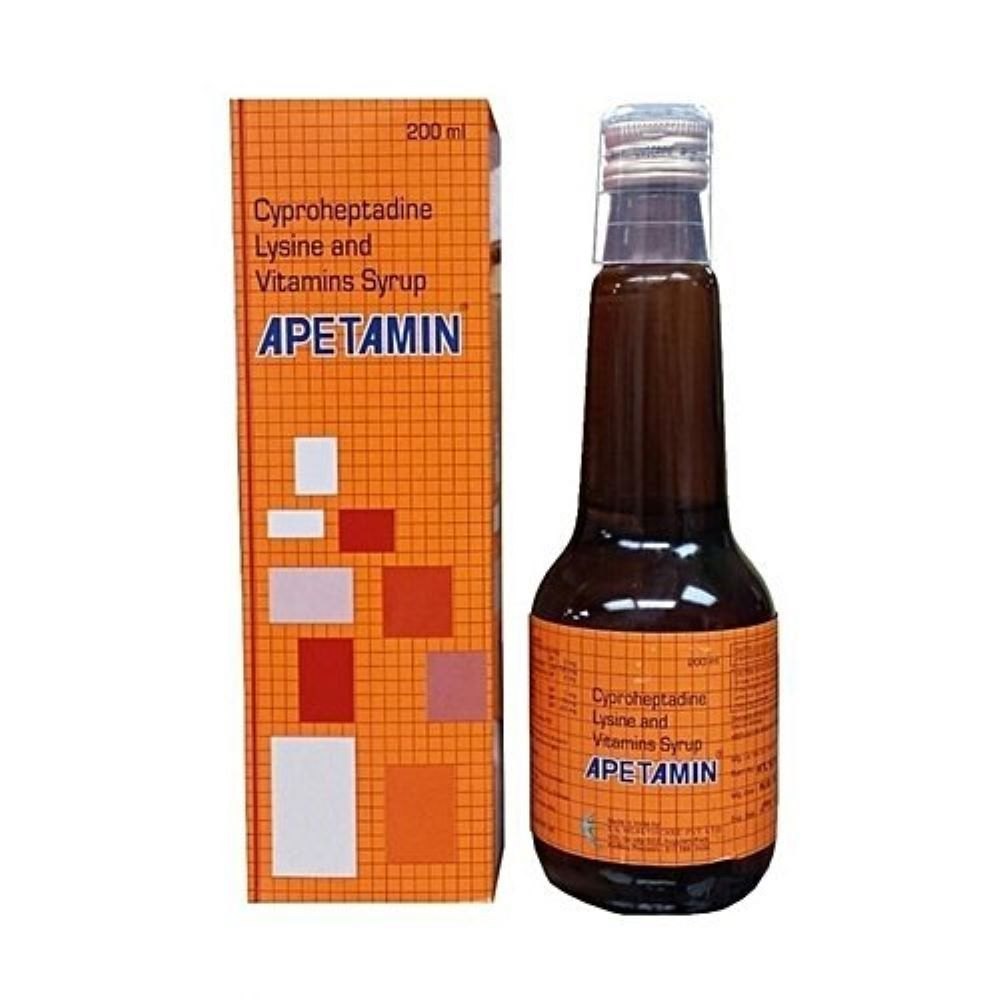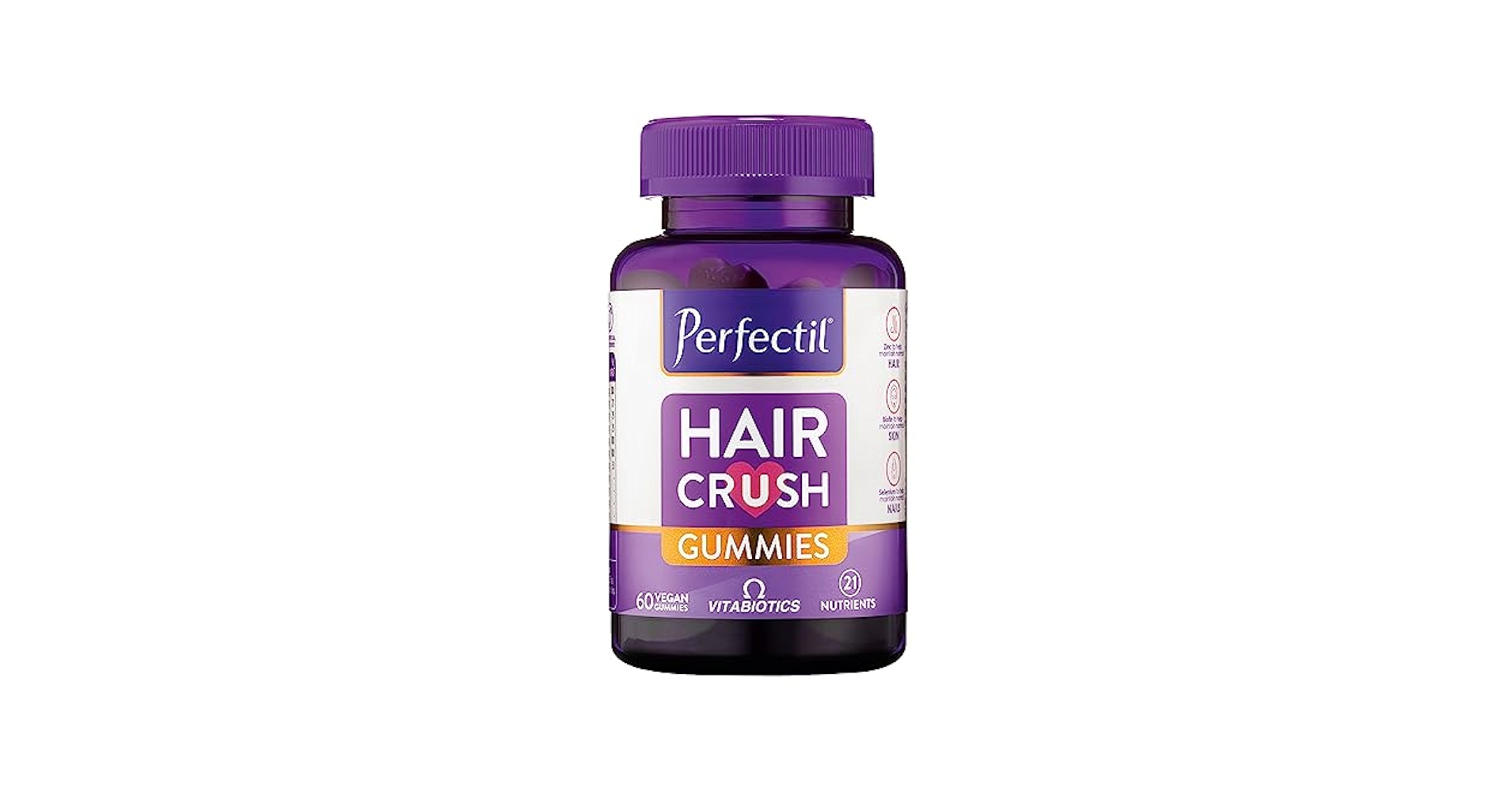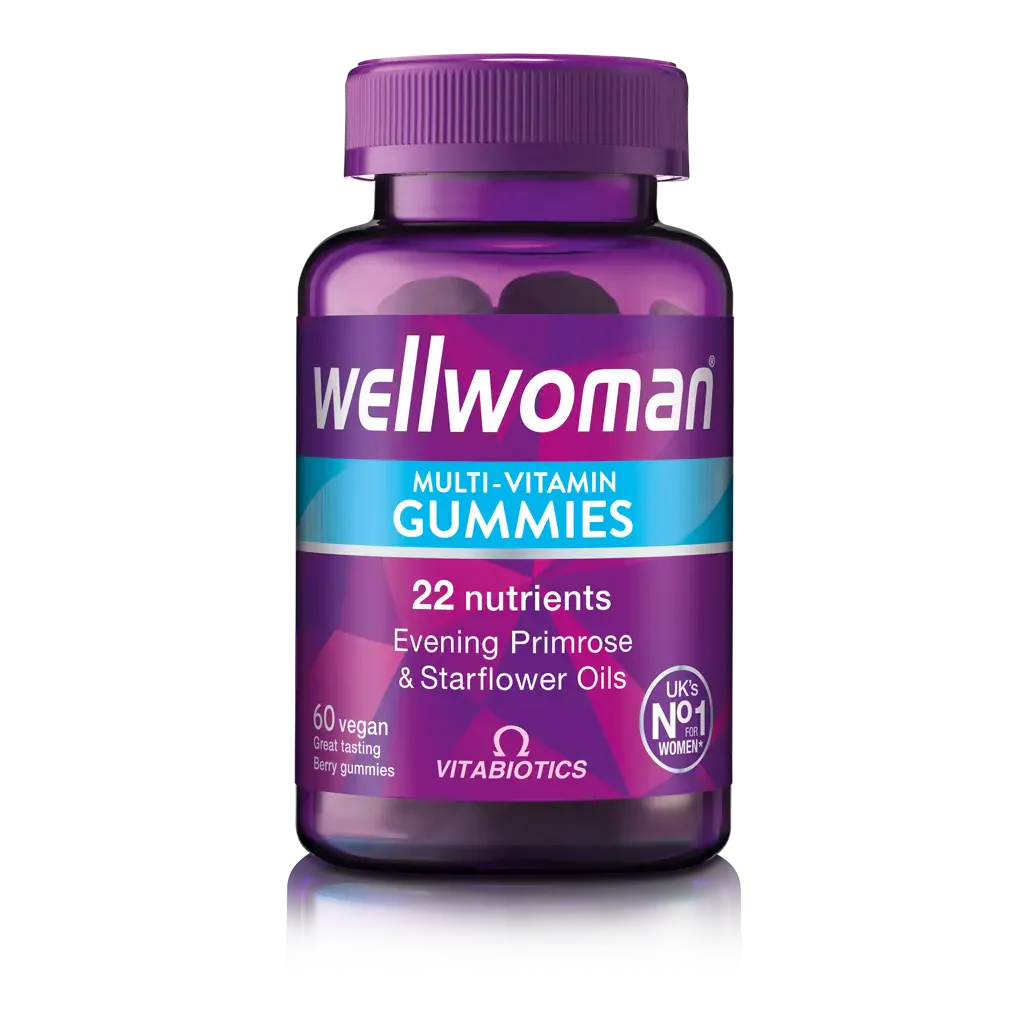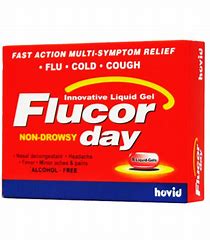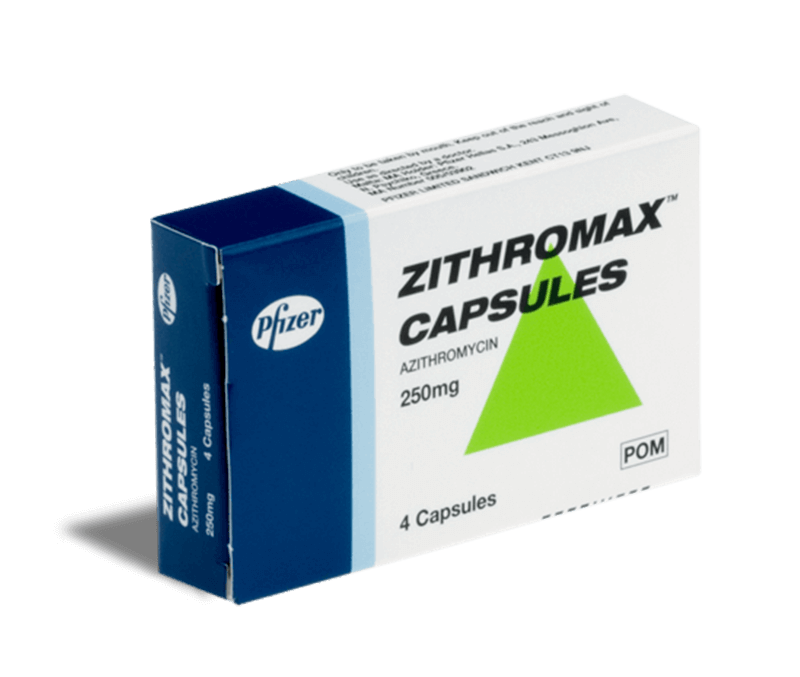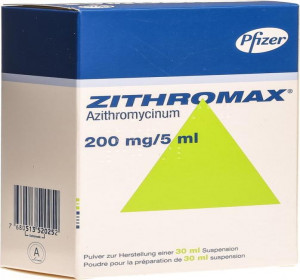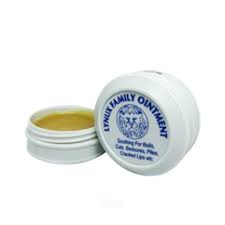Subtotal: ₵120.00
Irritable Bowel Syndrome, STOMACH & BOWEL
Valupak Evening Primrose Oil
-
 Get 10% discount on your next order. Order now to qualify.
Get 10% discount on your next order. Order now to qualify.
-
 Get 20% cashback on apple app store. Use code P056
Get 20% cashback on apple app store. Use code P056
DELIVERY & RETURNS
Free shipping offer on Pilldoctor and get exclusive offers.
Location
-

Door Delivery Fastest delivery to the door for only 2 days. Don't miss exclusive offer.
-

Pickup Station Fastest delivery to the door for only 2 days. Don't miss exclusive offer.
-

Return Policy Fastest delivery to the door for only 2 days. Don't miss exclusive offer.
Description
Evening primrose oil (EPO) is made from the seeds of the flowers of a plant native to North America. The plant has traditionally been used to treat:
- bruises
- hemorrhoids
- digestive problems
- sore throats
Its healing benefits may be due to its gamma-linolenic acid (GLA) content. GLA is an omega-6 fatty acid found in plant oils.
EPO is generally taken as a supplement or applied topically.
How does it work?
Evening primrose oil contains “fatty acids.” Some women with breast pain might not have high enough levels of certain ”fatty acids.” Fatty acids also seem to help decrease inflammation related to conditions such as arthritis and eczema.
Uses & Effectiveness
Possibly Effective for
- Nerve damage caused by diabetes. Research shows that taking evening primrose oil daily for 6-12 months improves symptoms of nerve damage caused by diabetes.
- Osteoporosis. Taking evening primrose oil with fish oil and calcium seems to decrease bone loss and increase bone density in elderly people with osteoporosis.
Possibly Ineffective for
- Asthma. Several small studies show that taking 15-20 mL or 4-6 grams of evening primrose daily for up to 16 weeks doesn’t improve asthma symptoms.
- Attention deficit-hyperactivity disorder (ADHD). Taking evening primrose, up to 4 grams daily for 4-6 weeks, doesn’t seem to improve ADHD symptoms in children. Taking a combination of fish oil and evening primrose daily for 12 weeks does appear to improve some symptoms in children 7-12 years-old. But it’s unclear if this benefit is due to evening primrose or fish oil.
- Breast pain (mastalgia). High quality research shows that evening primrose is no more effective than a placebo (sugar pill) for reducing breast pain.
- A pregnancy complication marked by high blood pressure and protein in the urine (pre-eclampsia). Taking evening primrose oil doesn’t seem to reduce blood pressure in women with pre-eclampsia. It also doesn’t appear to reduce the risk of developing high blood pressure in pregnant women when taken with fish oil. But this combination might reduce the rate of swelling (edema).
Insufficient Evidence for
- Eczema (atopic dermatitis). Research evaluating evening primrose for eczema shows conflicting results. Some research shows that taking evening primrose, up to 6 grams per day by mouth for 3-5 months, reduces the severity and symptoms of eczema in adults and children. However, other studies show that taking evening primrose, 6-8 grams per day in adults or 2-4 grams per day in children for 12-16 weeks, has no benefit. Other early research shows that applying cream containing evening primrose for 2 weeks may improve symptoms of eczema.
- Disorders affecting bile flow in the liver. Early research suggests that taking 2 grams of evening primrose twice daily for 12 weeks improves itchy skin in some people with disorders affecting bile flow in the liver. Improvement seems to take place within 1-2 weeks of starting treatment.
- Chronic fatigue syndrome (CFS). One early study shows that taking a specific combination of evening primrose and fish oil might reduce CFS-like symptoms that occurred after a viral infection. However, in another study in people with a confirmed diagnosis of CFS, the same product was no better than a placebo (sugar pill).
- Nerve pain in people with diabetes (diabetic neuropathy). Evidence on the effectiveness of evening primrose for treating nerve damage in people with diabetes is conflicting. One study shows that taking up to 6 grams of evening primrose daily for up to 12 months improves how well the nerves work in people with nerve damage caused by diabetes. Other research suggests that taking a similar amount of evening primrose does not improve nerve function in people with this condition.
- Dry eye. Early research shows that taking a specific evening primrose product 3 grams daily for 6 months improves dry eye symptoms in women wearing soft contact lenses.
- Swelling (inflammation) of the liver caused by the hepatitis B virus (hepatitis B). Early research shows that taking 4 grams per day of evening primrose for 12 months does not improve liver damage in people with hepatitis B.
- High levels of cholesterol or other fats (lipids) in the blood (hyperlipidemia). Some research shows that taking evening primrose can decreases total cholesterol and blood fats called triglycerides while increasing good (HDL) cholesterol. However, in other studies it was ineffective.
- An inherited skin disorder that causes dry, scaly skin (ichthyosis). Early research suggests that taking evening primrose, 3 grams per day in adults or 2 grams per day in children, does not improve symptoms of ichthyosis.
- Infant development. Some early research shows that adding evening primrose and fish oil to regular infant formula might provide levels of some types of fats that are closer to those in breast milk. In one study, infants fed this formula had better eyesight than infants fed regular formula, but not better than those who were breastfed. It’s not clear if this benefit results from evening primrose or fish oil.
- Liver cancer. Early research shows that taking 18 grams of evening primrose per day does not affect liver size or survival in people with liver cancer.
- Symptoms of menopause. In most studies, taking evening primrose does not reduce hot flashes or night sweats any more than a placebo (sugar pill). However, taking evening primrose oil might help to improve mood. Also, a combination of evening primrose, damiana, ginseng, and royal jelly seems to improve how women rated their menopausal symptoms compared to baseline.
- Multiple sclerosis (MS). Some early research shows that taking evening primrose for 6 months improves disability scores in some people with MS. However, other research shows that using a specific evening primrose product for 2 years may increase the likelihood of symptom worsening compared with a placebo (sugar pill).
- Obesity. Early research shows that taking 4.8 grams of evening primrose per day for 12 weeks does not add to the weight loss achieved with a reduced calorie diet in obese women.
- Childbirth. Research evaluating evening primrose for improving childbirth shows conflicting results. One study shows that taking evening primrose for one week before delivery increases the likelihood that vaginal delivery will be successful. However, another study did not show this effect. Other early research shows that taking evening primrose from week 37 of pregnancy until delivery doesn’t improve childbirth. In fact, it might prolong labor and increase the need for contraction-inducing medicine (oxytocin).
- Premenstrual syndrome (PMS). Research evaluating evening primrose for PMS shows conflicting results. Some research shows that taking 4 grams daily for 3 months, or 3 grams daily from day 15 until the end of the menstrual cycle for 4 cycles, improves self-reported symptoms. However, other studies using up to 6 grams daily for up to 4 menstrual cycles found no benefit.
- Painful response to cold especially in the fingers and toes (Raynaud syndrome). People with Raynaud syndrome experience reduced blood flow in response to cold or stress. This can cause symptoms such as sores on the fingers and toes. Early research shows that taking 6 grams of evening primrose oil per day for 10 weeks may reduce finger and toe sores in people with this condition. But taking evening primrose oil doesn’t seem to improve finger temperature or spasm of the blood vessels caused by cold.
- Rheumatoid arthritis (RA). One early study suggests that taking 6 grams per day of evening primrose for 12 months improves self-reported symptoms of RA. However, other research has found evening primrose to be no better than a placebo (sugar pill).
- Schizophrenia. Research evaluating evening primrose for schizophrenia shows conflicting results. One early study shows that taking 6 grams daily for16 weeks improves scores on a psychological rating scale. However, other research shows that taking 4 grams per day of evening primrose for 2-4 months does not benefit people with long-term, severe schizophrenia.
- An autoimmune disorder in which the glands that produce tears and saliva are damaged (Sjogren syndrome). Early research suggests that taking evening primrose for 8-10 weeks does not improve dry eye and mouth symptoms in people with Sjogren’s syndrome.
- A movement disorder often caused by antipsychotic drugs (tardive dyskinesia). Early research suggests that taking 6 grams per day of evening primrose for 6-16 weeks does not improve psychiatric drug-induced tardive dyskinesia in schizophrenics.
- Water warts. Early research in children shows that applying evening primrose oil to water warts on the skin for 3 months might cause the lesions to disappear faster than doing nothing at all.
- A motor skill disorder marked by clumsiness (developmental coordination disorder or DCD).
- Diabetes.
- A learning disorder marked by difficulty reading (dyslexia).
- Low bone mass (osteopenia).
- A hormonal disorder that causes enlarged ovaries with cysts (polycystic ovary syndrome or PCOS).
- Scaly, itchy skin (psoriasis).
- Joint swelling (inflammation) in people with psoriasis.
- A type of inflammatory bowel disease (ulcerative colitis)..
- Alzheimer disease.
- Heart disease.
- Other conditions.
More evidence is needed to rate evening primrose for these uses.
Side Effects & Safety
When taken by mouth: Evening primrose is LIKELY SAFE for most people when taken by mouth in doses up to 6 grams daily. It may cause mild side effects including upset stomach, nausea, diarrhea, and headache in some people.
When applied to the skin: Evening primrose is LIKELY SAFE for most people when applied to the skin.
Special Precautions & Warnings:
Pregnancy and breast-feeding: Taking evening primrose by mouth is POSSIBLY SAFE during pregnancy. Taking up to 4 grams daily for up to 10 weeks during pregnancy seems to be safe. But until this is confirmed by additional research, it is best to stay on the safe side and avoid use. Taking evening primrose during the last weeks of pregnancy might delay labor. Don’t use this product close to the end of pregnancy.
It is POSSIBLY SAFE to take evening primrose oil during breast-feeding, but it’s best to check with your healthcare provider first.
Children: Evening primrose is LIKELY SAFE for most people when taken by mouth in doses up to 6 grams daily. It is also LIKELY SAFE when applied to the skin.
Bleeding disorders: There is a concern that evening primrose might increase the chance of bruising and bleeding. Don’t use it if you have a bleeding disorder.
Epilepsy or another seizure disorder: There is a concern that taking evening primrose might make seizures more likely in some people.
Schizophrenia: Seizures have been reported in people with schizophrenia treated with phenothiazine drugs, GLA (a chemical found in evening primrose oil), and vitamin E. Get your healthcare provider’s opinion before starting evening primrose.
Surgery: Evening primrose might increase the chance of bleeding during or after surgery. Stop using it at least 2 weeks before a scheduled surgery.
Interactions
- Medications that slow blood clotting (Anticoagulant / Antiplatelet drugs) interacts with EVENING PRIMROSE OILEvening primrose oil might slow blood clotting. Taking evening primrose oil along with medications that also slow clotting might increase the chances of bruising and bleeding.
Evening primrose oil contains GLA (gamma-linolenic acid). GLA is the part of evening primrose oil that might slow blood clotting.
Some medications that slow blood clotting include aspirin, clopidogrel (Plavix), diclofenac (Voltaren, Cataflam, others), ibuprofen (Advil, Motrin, others), naproxen (Anaprox, Naprosyn, others), dalteparin (Fragmin), enoxaparin (Lovenox), heparin, warfarin (Coumadin), and others.
Moderate Interaction
Be cautious with this combination
- Medications used during surgery (Anesthesia) interacts with EVENING PRIMROSE OILEvening primrose oil might interact with medications used during surgery. One person who was taking evening primrose oil and other medications had a seizure during surgery. But there isn’t enough information to know if evening primrose oil or the other medications caused the seizure. Be sure to tell your doctor what natural products you are taking before having surgery. To be on the safe side, you should stop taking evening primrose oil at least 2 weeks before surgery.
- Phenothiazines interacts with EVENING PRIMROSE OILTaking evening primrose oil with phenothiazines might increase the risk of having a seizure in some people.
Some phenothiazines include chlorpromazine (Thorazine), fluphenazine (Prolixin), trifluoperazine (Stelazine), thioridazine (Mellaril), and others.
Dosing
The following doses have been studied in scientific research:
BY MOUTH:
- For breast pain: 3-4 grams daily.
Product Ratings
Highest Ratings
There are no reviews yet.

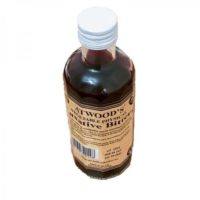 Atwood Laxative Bitters, 177ML
Atwood Laxative Bitters, 177ML 
